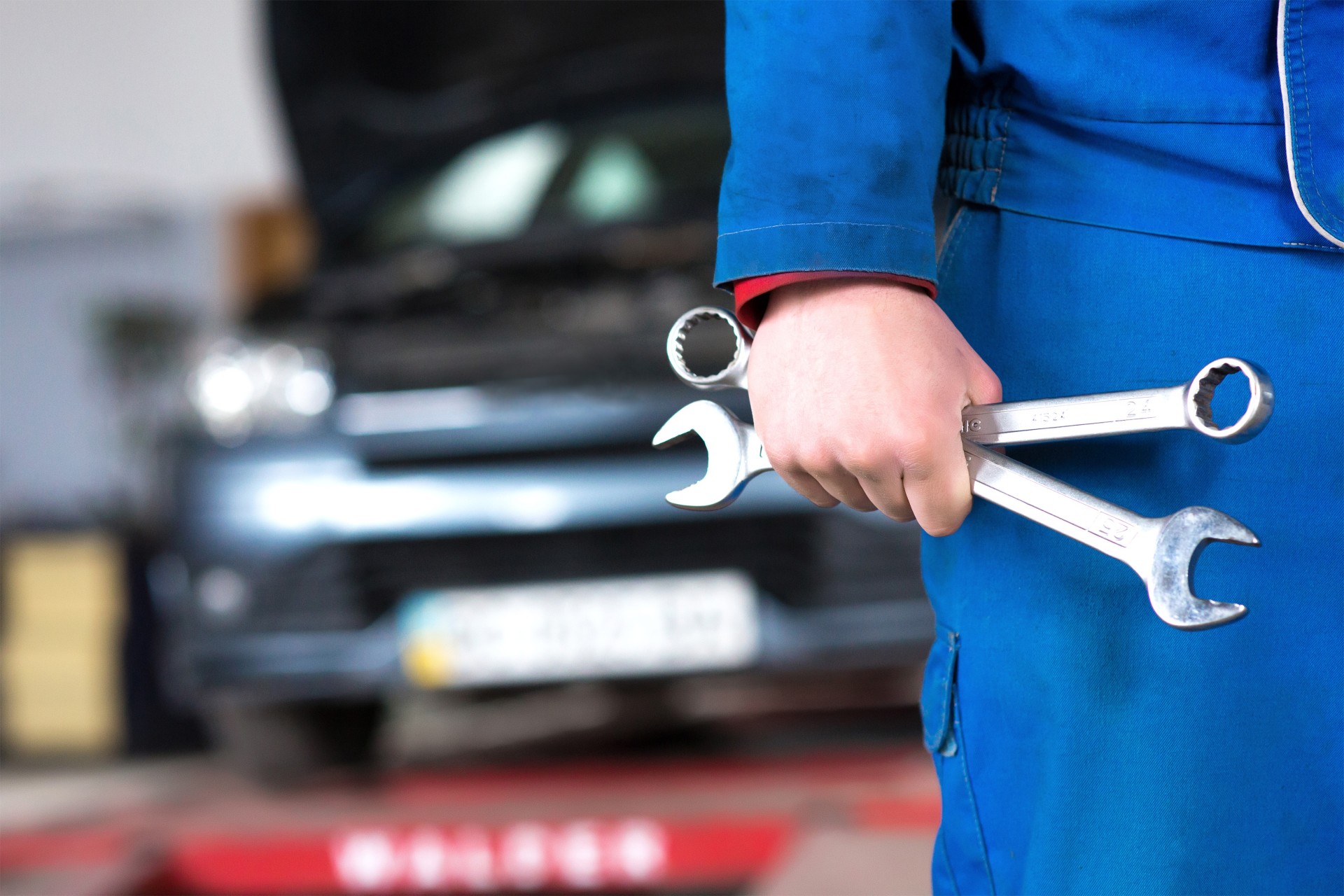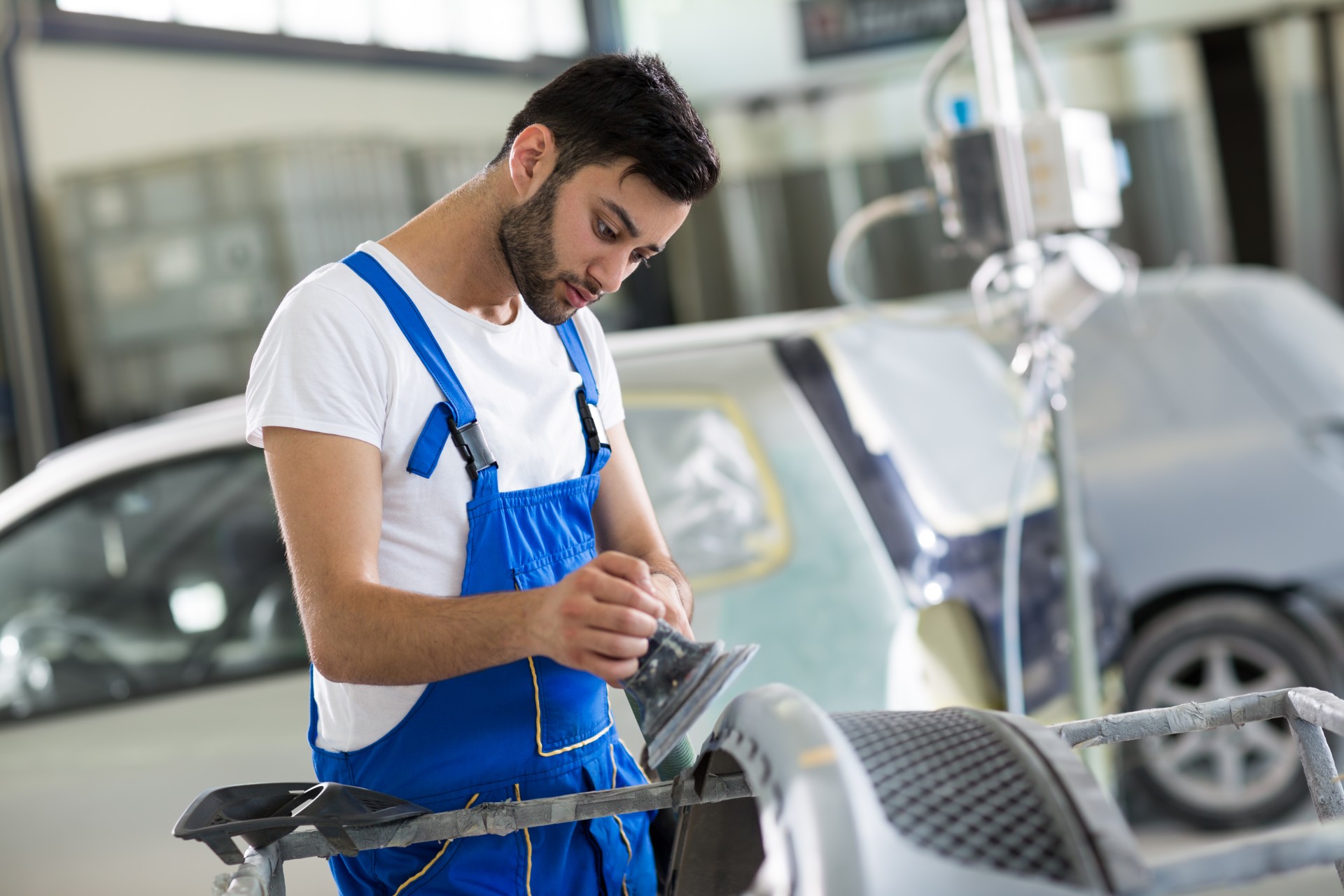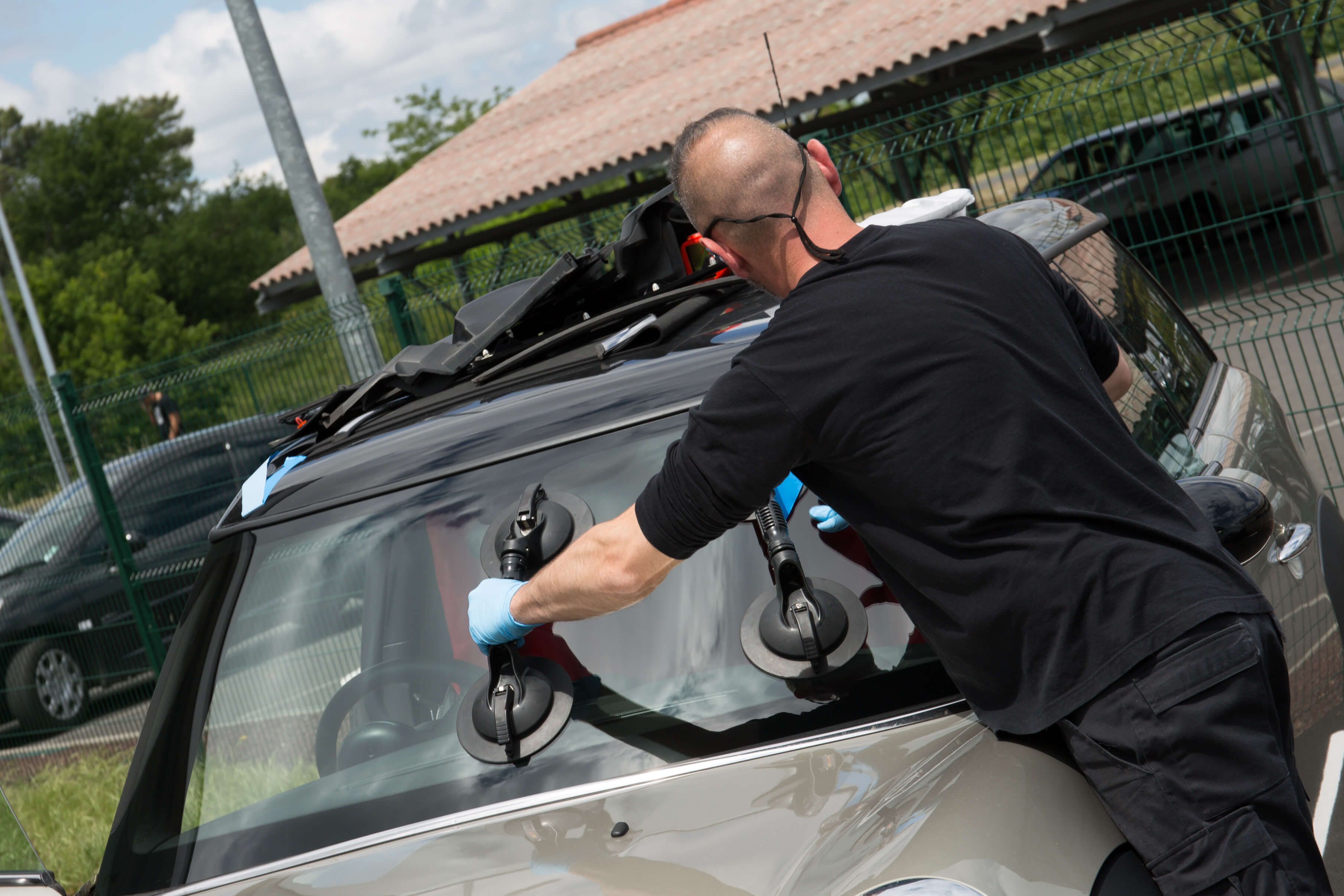


Auto glass, an integral part of modern vehicles, serves crucial functions beyond providing a clear view of the road. This wiki guide explores the types, composition, maintenance, and various aspects of auto glass.
Front-facing laminated glass designed to provide structural support and prevent shattering upon impact.
Typically made of tempered glass, designed to shatter into small, dull pieces for safety.
Consists of two layers of glass sandwiching a layer of vinyl, enhancing strength and preventing shattering.
Subjected to a controlled heating and cooling process, resulting in increased strength and safety.
Auto glass provides an unobstructed view of the road, ensuring driver safety.
Windshields contribute to the vehicle's structural integrity, particularly in the event of a collision.
Protects occupants from wind, rain, snow, and other weather elements.
Regularly inspect for small cracks or chips, addressing them promptly to prevent further damage.
Maintain cleanliness and use proper cleaning materials to avoid scratches that can impair visibility.
Ensure auto glass is correctly installed to prevent leaks, wind noise, and structural issues.
Minimize exposure to extreme temperatures by parking in shaded areas.
Reflective sun shades protect the interior and reduce heat, minimizing thermal stress on the glass.
Consult professionals to assess whether a crack or chip can be repaired or if full replacement is necessary.
Auto glass tinting enhances privacy, reduces glare, and provides protection from harmful UV rays.
Integration of technology, such as heads-up displays and sensors, into auto glass for enhanced driver assistance.
Development of glass with improved insulation properties to reduce the reliance on climate control systems.
A windshield, also known as a windscreen in some regions, is a critical component of a vehicle's safety and functionality. It is a protective barrier made of specialized auto glass located at the front of an automobile, providing an unobstructed view of the road for the driver and protection from environmental elements.
Windshields are typically made from laminated glass, a specialized type of safety glass designed to prevent shattering upon impact. The composition of laminated glass consists of two layers of glass with a layer of polyvinyl butyral (PVB) sandwiched between them. This PVB layer is what gives laminated glass its strength and safety properties. When subjected to impact, the glass may crack, but the PVB layer holds the pieces together, preventing them from scattering and reducing the risk of injury to the vehicle's occupants.
There are also advanced variants of windshields, such as acoustic windshields, which incorporate additional sound-dampening layers to reduce interior noise, and solar-control windshields that incorporate technologies to reduce the transmission of heat into the vehicle.
The manufacturing of windshields involves several precise steps to ensure safety and quality:
The process begins with cutting large sheets of glass into the desired windshield size. These sheets are typically made from high-quality silica sand, soda ash, and other raw materials.
The glass pieces are thoroughly cleaned and inspected for any defects or impurities that could compromise the windshield's integrity.
The core of the windshield's safety lies in the lamination process. Two pieces of glass are sandwiched around a sheet of PVB. This assembly is then heated and pressed together to bond the layers securely.
The laminated windshield is then placed in an autoclave, a high-pressure oven, to cure. This process strengthens the bond between the glass layers and PVB, ensuring the windshield's durability.
Each windshield undergoes rigorous quality control checks to detect any imperfections or irregularities. This includes checking for air bubbles, cracks, or delamination.
After passing quality checks, the windshield is trimmed to its final shape and size, including the necessary openings for rearview mirrors, sensors, and other accessories.
Windshields play a vital role in vehicle safety by providing structural support to the vehicle and preventing passengers from being ejected during a collision. They also protect occupants from debris, wind, rain, snow, and harmful UV rays. Proper maintenance, repair, or replacement of damaged windshields is essential for driver and passenger safety.
As the automotive industry continues to evolve, so does the technology integrated into auto glass. Smart glass, with features like heads-up displays and sensors, enhances driver assistance and safety. Energy-efficient glass with improved insulation properties contributes to reduced reliance on climate control systems, promoting sustainability.
Auto glass and windshields are not just static components but dynamic contributors to vehicle safety and comfort. Their significance cannot be overstated, making regular care and professional attention essential in today's ever-advancing automotive landscape. By understanding their composition, functions, and the manufacturing process, drivers and vehicle owners can ensure a safe and enjoyable driving experience, one windshield at a time.